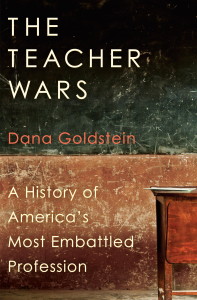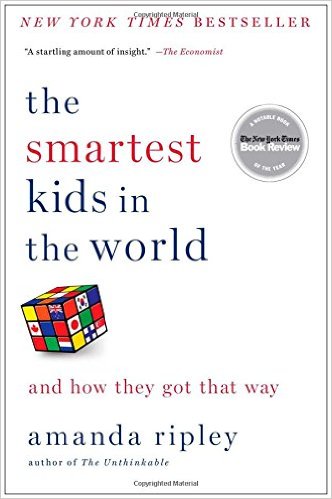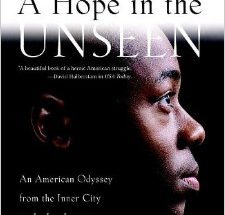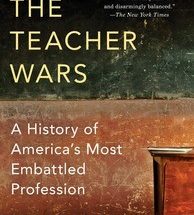A more appropriate title for this book would be “The Teacher Wars: A Look at America’s Longest Conflict,” for as author Dana Goldstein puts it in her informative and enlightening 368 pages, the struggle to create a more perfect education system is about as old as the nation itself. Goldstein’s book looks at several themes that would shape the history of this nation’s education system.
She first brings up the rise of the common school movement led by 19th century school reformers Horace Mann and Catherine Beecher, who promoted the idea of women as teachers. What surprised me was Beecher and Mann’s emphasis on moral education rather than scientific, classical and language education, which both admired as young students themselves.
As Goldstein points out, their philosophy was probably influenced by the growing support for common school education among America’s political and business leaders, who were more focused on creating the next generation of voters and workers, rather than elite intellectuals. It was also influenced by the sexist mindset of 19th century society that viewed women as intellectual inferiors to men. These beliefs created a system of low-paid “mother-teachers” whose goal was to educate the public on the principles of morality instead of giving them knowledge of the world.
Goldstein also explores the ugly influence of politics in American education, with a special emphasis on the communist scares of the 1910s and 1950s. One tragic story was that of Mary McDowell, a Quaker pacifist teacher from Park Slope Brooklyn during World War I. She never infused her Latin lessons with her personal politics. However, she was opposed to the war and refused to sign a loyalty oath. In the political environment America was experiencing at the time, she was unable to survive. She was fired from her teaching job.
Teachers in the South and the North were harangued for promoting education standards that were respectful of cultural diversity. Teachers who promoted bringing together schools and community organizations to battle social inequities in poor neighborhoods were not supported. Another treacherous path for a teacher was opposition to tracking students into either vocational or academic paths.
Teachers throughout history have shouldered the blamed for all schools failures. This is a criticism that has unified both people on the left and right. Teachers’ views on how to improve education were often ignored by early 20th century conservatives. The fact that female teachers pushed for unions to improve their working conditions were particularly unpopular among business and political elites.
In the 1960s, teachers were being accused by black activists like Amiri Baraka and Stokeley Carmichael of the Student Nonviolent Coordinating Committee of being racist (some indeed were, but not all) for opposing community control rather than centralized school management. Teachers and their unions viewed community control as a threat to job security and launched major and sometimes violent protests.
Today’s criticism, the product of the conservative right and eventually adopted by liberals including President Obama, is that teacher tenure is in large part to blame for abysmal test scores and high dropout rates. Goldstein points to a rather brilliant fact early on the book and repeats it throughout: Teachers have throughout history been treated as scapegoats in an environment of “the absence of the social supports for families that make teaching and learning most effective for kids.”
Another thing I found interesting was her look into the various innovations brought into the education system over time, such as Beecher’s use of analytical learning over rote learning, Beecher’s implementation of field trips and experiments as a part of her teaching plan and the creation of school clubs and sports under Horace Mann Snyder as a tool to increase high school graduation rates. I felt this book was an informative look in how things have changed and how things have not changed over the 200+ years of educating America.




